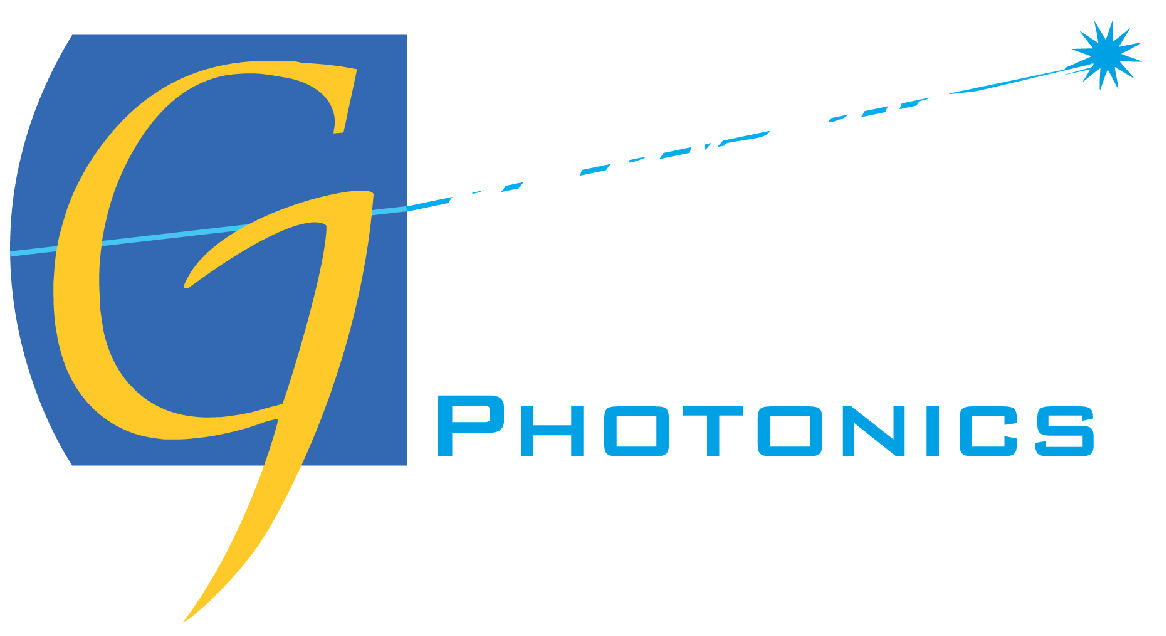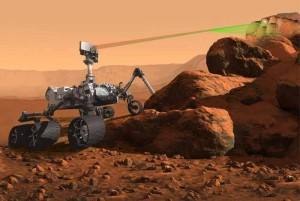The mission to Mars in 2020 will send the Mars Rover up to look for natural resources, inspect for hazards and investigate generable habitability of the planet in preparation for future human expeditions. The Rover will be equipped with advanced instruments including the SuperCam, which uses remote optical measurements and laser spectroscopy to examine the composition of samples taken on Mars.
OptoSigma Europe SAS is contributing to the development of SuperCam, a remote sensing instrument for the NASA Mars 2020 mission to the red planet. Among other suppliers, OptoSigma has been selected to provide different optical elements, such as advanced beamsplitters for selecting specific wavelength ranges and directing them to the different sensors of the instrument.
The SuperCam is the result of a cooperation between teams led by the Los Alamos National Laboratory (LANL, New Mexico, US) and the Astrophysics and Planetology Research Institute (IRAP, Toulouse, France). IRAP and a consortium of six French laboratories will supply an optical and electronic unit plus spectrographs, to be mounted at the top of the rover mast. The Mars 2020 rover will be launched in July 2020 and will land 7 months later. Surface operations are scheduled to last until August 2023.
The instrument will use remote optical measurements and laser spectroscopy to determine fine-scale mineralogy, chemistry, and atomic and molecular composition of samples encountered on Mars. To enable these measurements, SuperCam is, in fact, many instruments in one.
For probing elemental composition, it integrates the remote Laser Induced Breakdown Spectroscopy (LIBS) capabilities of the highly successful ChemCam instrument included in the payload of the Curiosity rover currently exploring Mars. LIBS uses a 1064-nm laser to investigate targets up to 7 m distance from the rover.
SuperCam in addition performs Raman spectroscopy at 532 nm to investigate targets up to 12 m distance from the rover, Time-Resolved Fluorescence (TRF) spectroscopy, Visible and InfraRed (VISIR) reflectance spectroscopy (400 – 900 nm and 1.3 – 2.6 μm) to provide information about the mineralogy and molecular structure of probes from rocks on Mars. It will also be able to search directly for organic materials.
Further, SuperCam can acquire high-resolution images of samples with a remote color micro-imager (RMI). Measurements can be rapidly obtained without the need to position the rover or rover arm on a target. As demonstrated by ChemCam, the SuperCam laser can be used to “blast off” dust from surfaces at a distance enabling a better look at solid surfaces on Mars, without having to drive up to samples and perform manipulations with the rover arm or associated tools.


